Tran Van Hoc Map 1815
The Saigon - Ben Nghe area became a geo- political entity, a large city as it is today, which has gone through many ups and downs in construction - in this article we only care about the canal and drainage system.
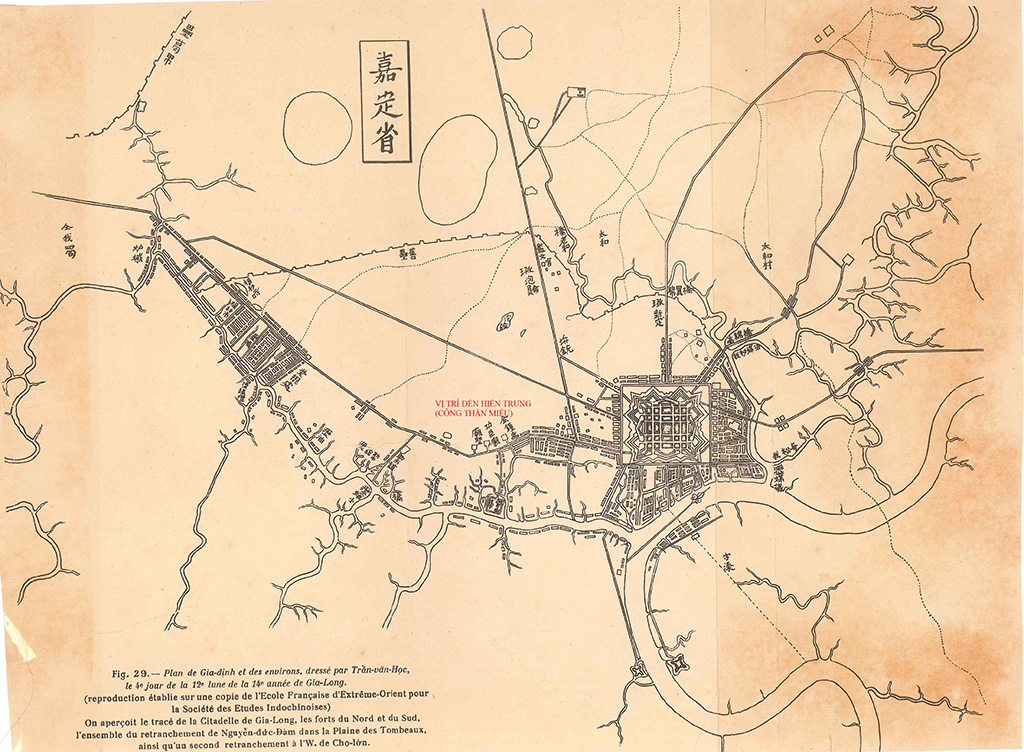
Drawing of ancient Gia Dinh Citadel in Tran Van Hoc's 1815 map
PHOTO: DOCUMENTARY OF LUONG CHANH TONG
In 1700, Nguyen Huu Canh's general Lao Cam built Lao Cam rampart in the west of Saigon to protect the capital Gia Dinh (Tran Van Hoc's map records Cat Ngang rampart ). In 1772, general Nguyen Cuu Dam built Ban Bich rampart to protect all three cities of Saigon - Ben Nghe - Gia Dinh.
In 1790, Nguyen Anh built the large Bat Quai citadel on Tan Khai hill towards Ben Nghe. Tran Van Hoc is considered the architect who built the citadel and beautified the streets of Ben Nghe.
In 1815, Tran Van Hoc published a map of Gia Dinh citadel covering a fairly large area with clear place names, especially drawing all the main canals, rivers, streams and swamps. These are the big Ben Nghe river (Saigon river), Ben Nghe canal, Saigon canal (Tau Hu canal), Lo Gom canal, Ben Cui canal, Ong Lon canal, Ong Be canal, Thi Nghe canal, Nhieu Loc canal, Mu Tri intersection (later Cau Bong canal), Moi intersection (later Van Thanh canal), Dau canal, Cho Quan canal, Tron lake... Within the small area of District 1 today, Tran Van Hoc clearly drew the Ben Thanh canal (Nguyen Hue), Cay Cam canal (Le Loi), Cau Sau canal (Ham Nghi), Cau Ong Lanh canal, Cau Muoi canal, Cau Kho canal...
In 1819, the Ruot Ngua canal (An Thong Ha) was opened straight from Cau Ba Thuong to Rach Cat to make water transport to the six provinces easier and more convenient.
In 1835, after the Le Van Khoi rebellion, Minh Mang demolished the Bat Quai citadel and built a smaller Gia Dinh citadel located in the northeast corner of the old citadel. The new citadel was located far from the Saigon River and near the Thi Nghe canal.
In early 1859, the French-Spanish coalition withdrew from Da Nang to occupy Gia Dinh citadel. All military operations at that time were via rivers and canals.
In 1862, Hue had to sign a "peace treaty" to pay war reparations to the French-Spanish coalition and cede the right to rule (colonize) three eastern provinces of Cochinchina: Bien Hoa, Gia Dinh, and Dinh Tuong to France.
Coffyn map 1862 and Saigon map 1867
On April 30, 1862, engineer colonel Coffyn submitted a project to build Saigon City for 500,000 residents, under the direction of Admiral - Governor Bonard. Attached to the diagram were clear explanations of the architectural plan and site planning. The city was in the Western style, about 2,500 hectares (25 km2) wide, located between Thi Nghe Canal - Saigon River - Ben Nghe Canal and the newly dug Ring Canal (canal de ceinture) from Cay Mai Pagoda near Ben Nghe Canal around Tap Tran Field (equivalent to Ban Bich rampart built by Nguyen Cuu Dam in 1772), then connected to Thi Nghe Canal.
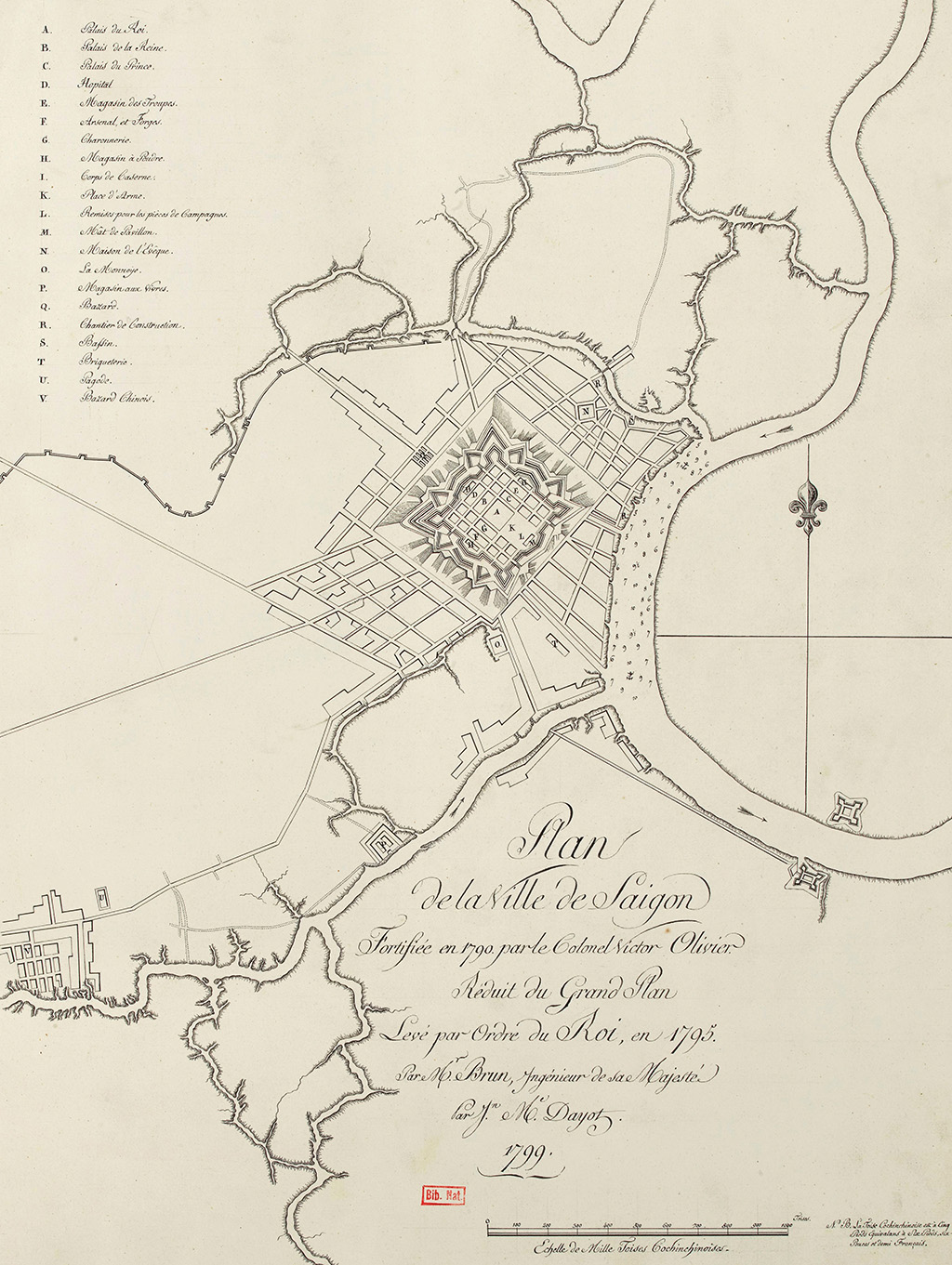
Map of Saigon city drawn by royal engineer Le Brun in 1795, inside is Saigon citadel built by engineer officer Olivier de Puymanel in 1790
PHOTO: National Library of France - DOCUMENTARY OF NGUYEN QUANG DIEU
Among the many problems that must be solved for a new city, there is the problem of rainwater and wastewater drainage. Coffyn wrote: "The drainage of rainwater and wastewater in the city has always been a difficult problem. Here the difficulty is more serious than anywhere else, because the ground level of Saigon is not much higher than the water level of rivers and canals, so it is not possible to install normal sewers. Instead, sewers with automatic opening and closing gates (des égouts à vannes automatrices) must be made"...
"Perhaps, as Admiral Charner suggested, we could imitate the water reservoir in Calcutta (India), that is, dig a large lake in the center, from here dividing into 4 sewers to take water from Ben Nghe canal, Thi Nghe canal, Saigon river and Vanh Dai canal. Closed with gates (écluses), we can place a water discharge machine (chasse d'eau) into the sewers, and at the same time, we can lead water into the lake through the water intake pipes when the tide is high. In that way, twice a week, we can let water flow in and out through the sewers. We should design slopes for streets, river ports and boulevards, in order to ensure the drainage of rainwater, well water and fountains through sewers along the sidewalks" (!).
The Coffyn project was a good one, but was considered an illusion for the current situation and could not be implemented.
On January 3, 1865, a decree was issued to set the boundary of Saigon City within the area between Thi Nghe Canal, Saigon River, Ben Nghe Canal, the new road of Ong Lanh Bridge (Boresse), to the Six-Way Intersection along Thuan Kieu Street (Cach Mang Thang 8), clearly drawing Chasseloup-Laubat Street (Nguyen Thi Minh Khai) and straight to Thi Nghe Canal. The Department of Public Works drew a Map of Saigon City in 1867, recording the boundary quite correctly as the above decree. The inner city canals were also correct as the map of Saigon Port. In addition, this map also recorded Cau Ong Lanh Canal, Cau Muoi Canal and the upstream waterways of Cau Kho Canal located in the swamp near Ong Lanh Bridge (French map recorded Marais Boresse). (continued)
(Excerpt from Miscellaneous Notes on Vietnamese History and Geography by the late scholar Nguyen Dinh Dau published by Tre Publishing House)
Source: https://thanhnien.vn/sai-gon-qua-ban-do-185241011001650673.htm


![[Photo] Enjoy the Liuyang Fireworks Festival in Hunan, China](https://vphoto.vietnam.vn/thumb/1200x675/vietnam/resource/IMAGE/2025/10/26/1761463428882_ndo_br_02-1-my-1-jpg.webp)
![[Photo] General Secretary To Lam received the delegation attending the international conference on Vietnam studies](https://vphoto.vietnam.vn/thumb/1200x675/vietnam/resource/IMAGE/2025/10/26/1761456527874_a1-bnd-5260-7947-jpg.webp)
![[Photo] Nhan Dan Newspaper displays and solicits comments on the Draft Documents of the 14th National Party Congress](https://vphoto.vietnam.vn/thumb/1200x675/vietnam/resource/IMAGE/2025/10/26/1761470328996_ndo_br_bao-long-171-8916-jpg.webp)
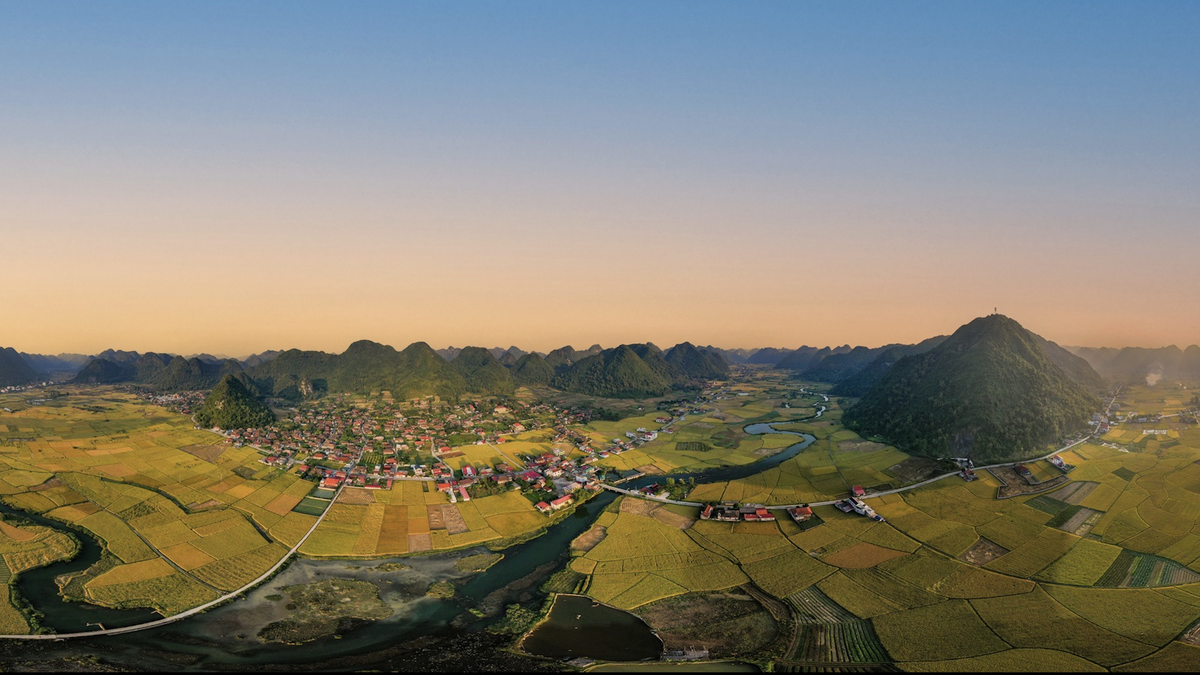




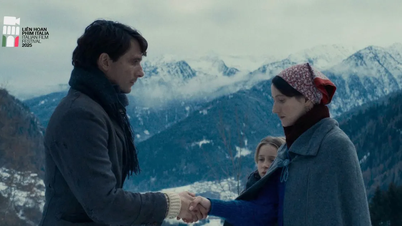











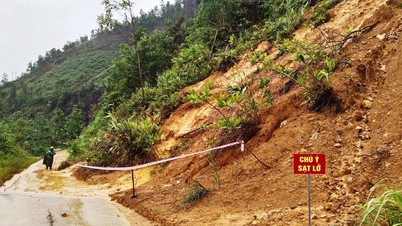





![[Photo] Prime Minister Pham Minh Chinh attends the opening of the 47th ASEAN Summit](https://vphoto.vietnam.vn/thumb/1200x675/vietnam/resource/IMAGE/2025/10/26/1761452925332_c2a-jpg.webp)

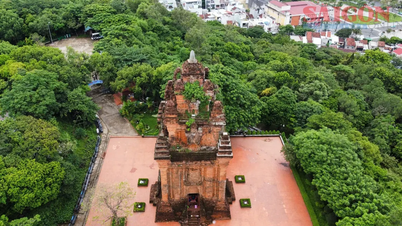


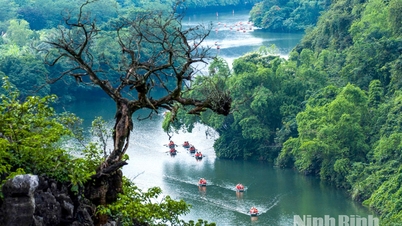

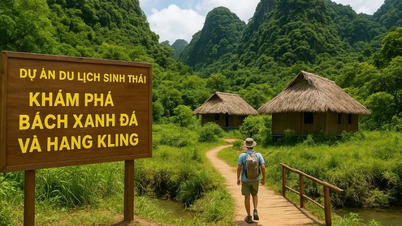



















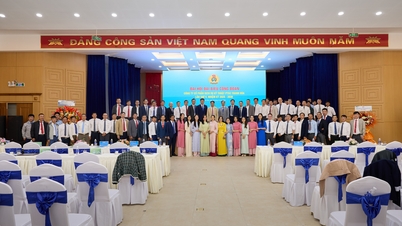


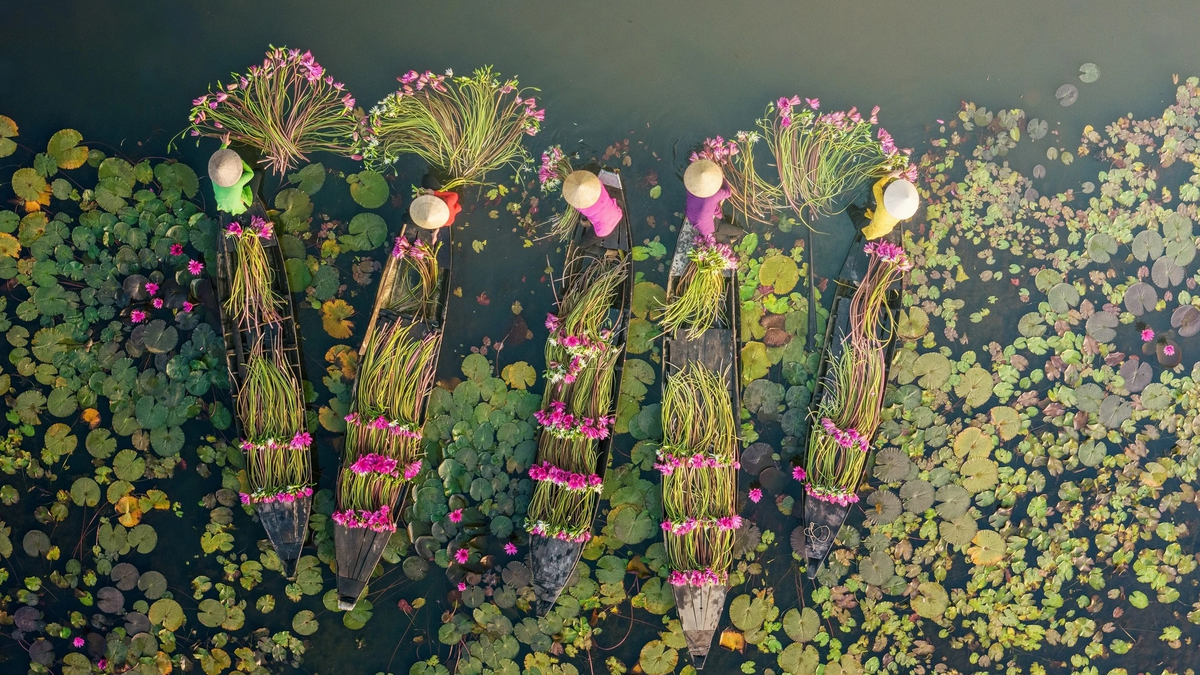

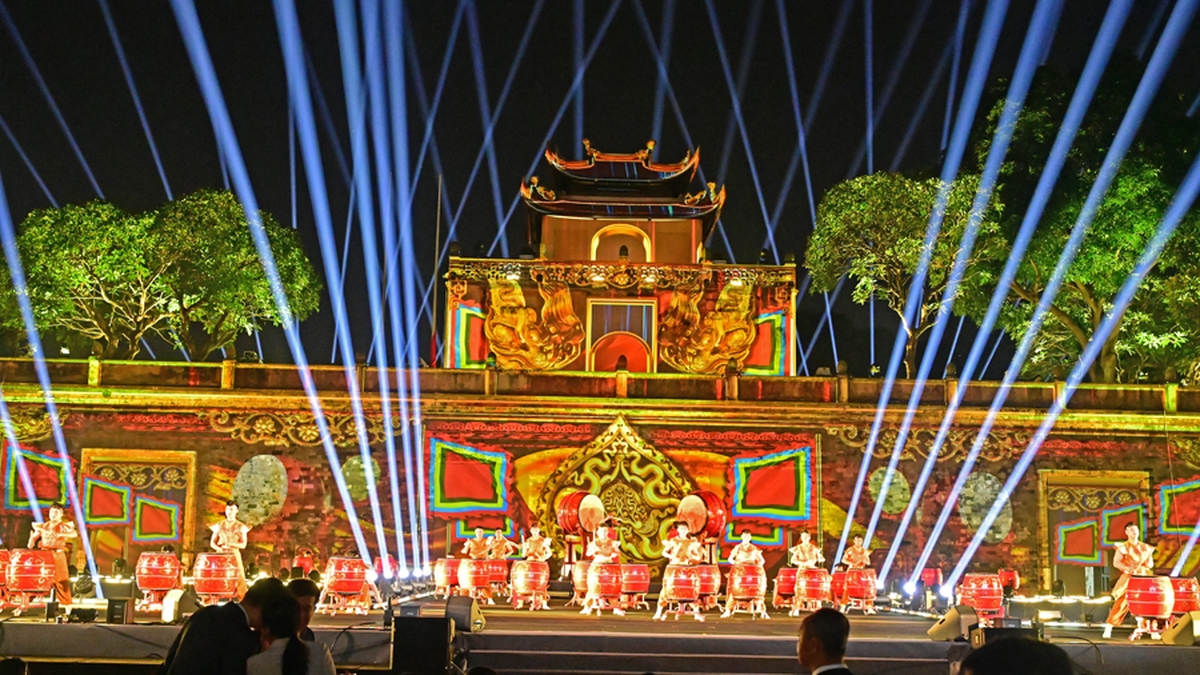

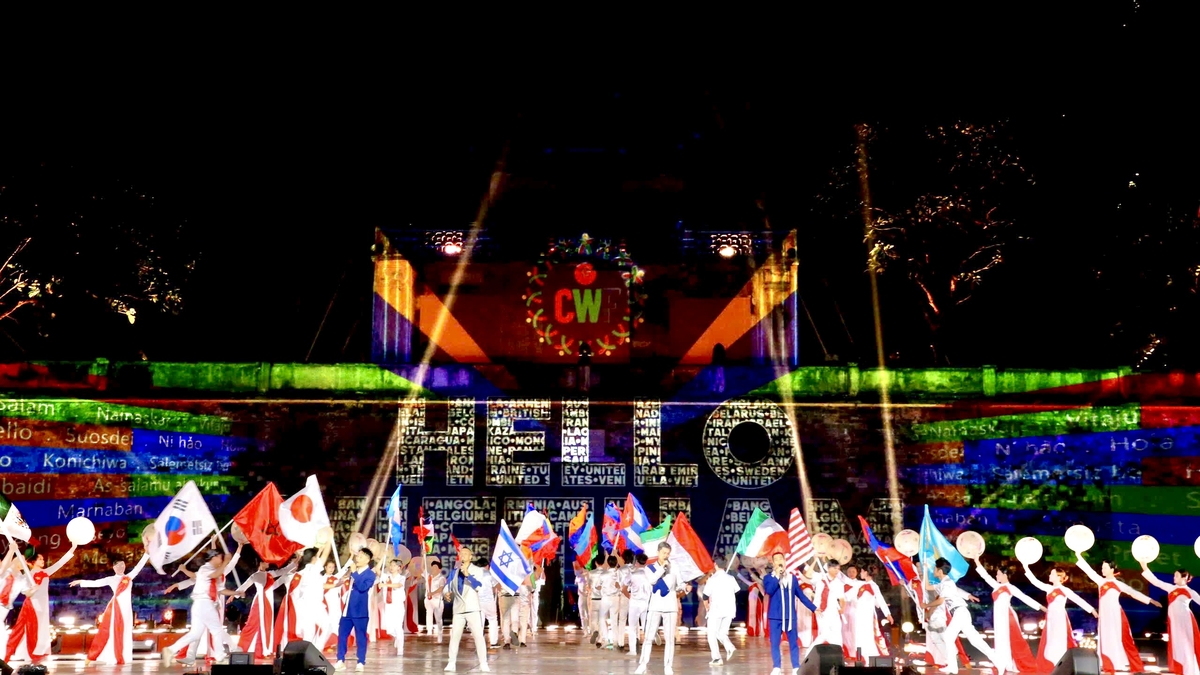
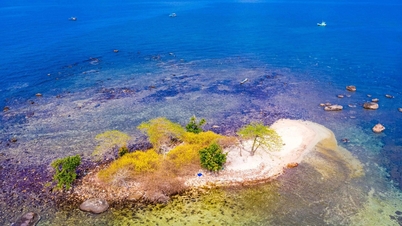



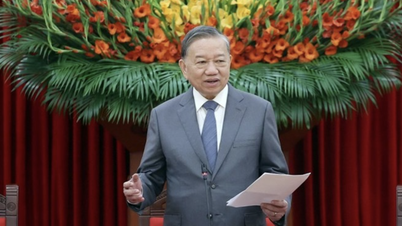















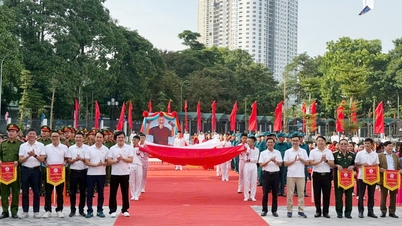
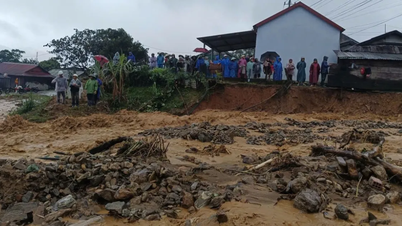












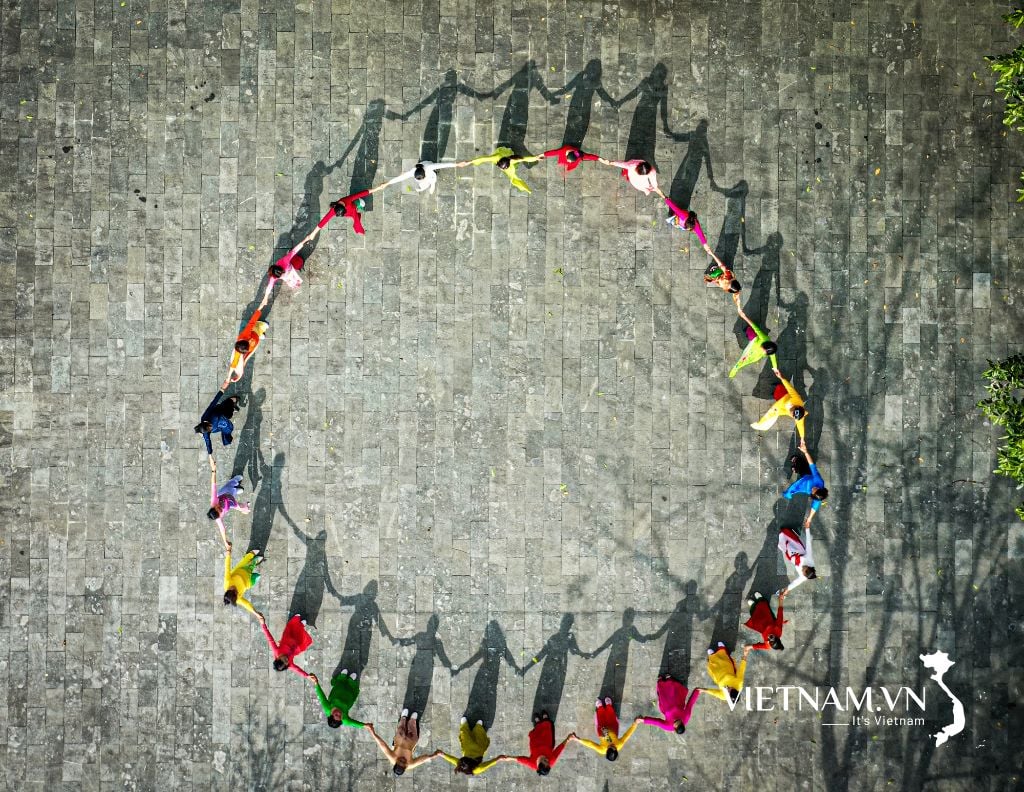
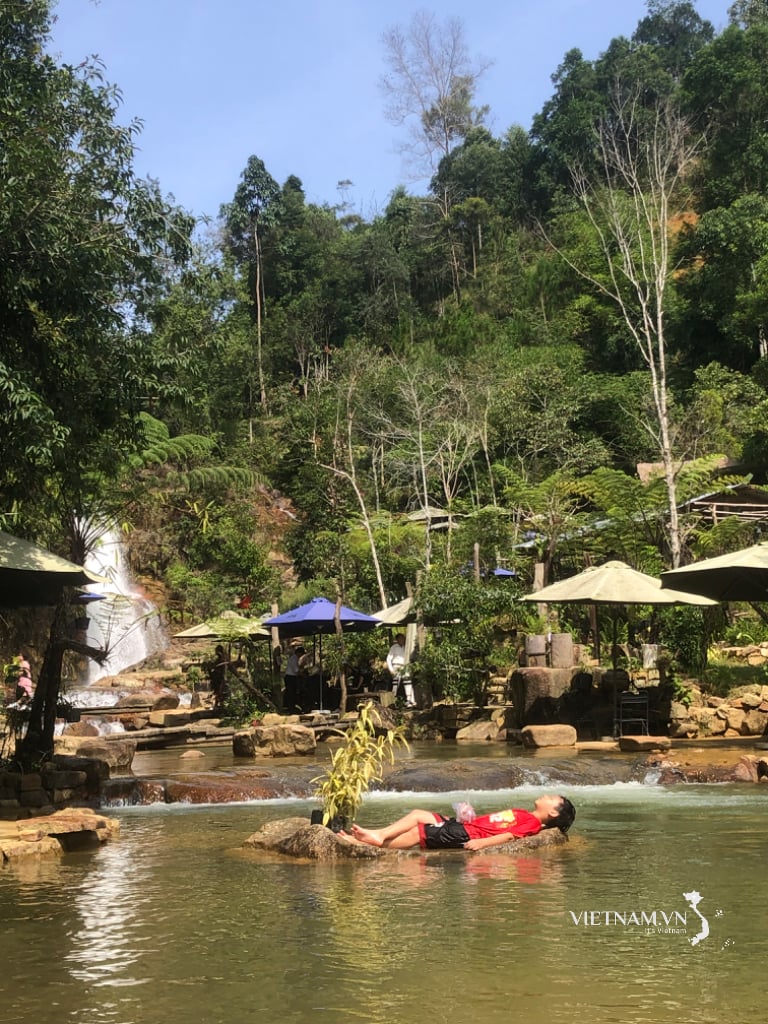

Comment (0)